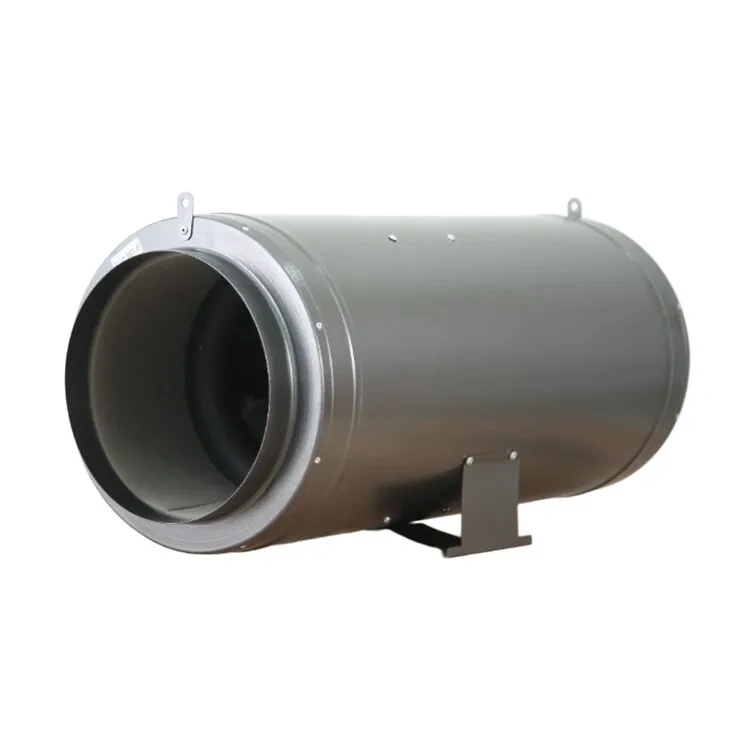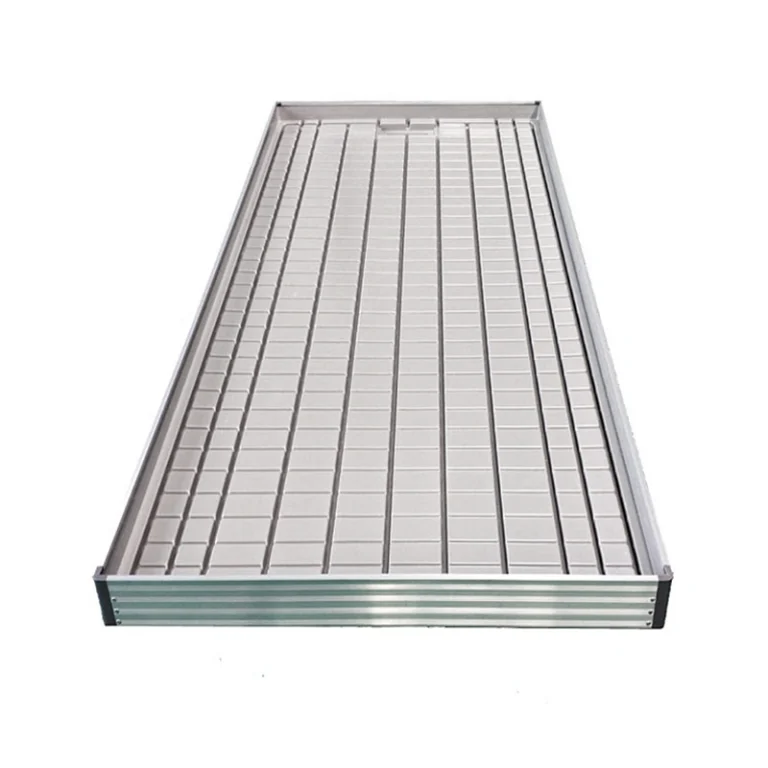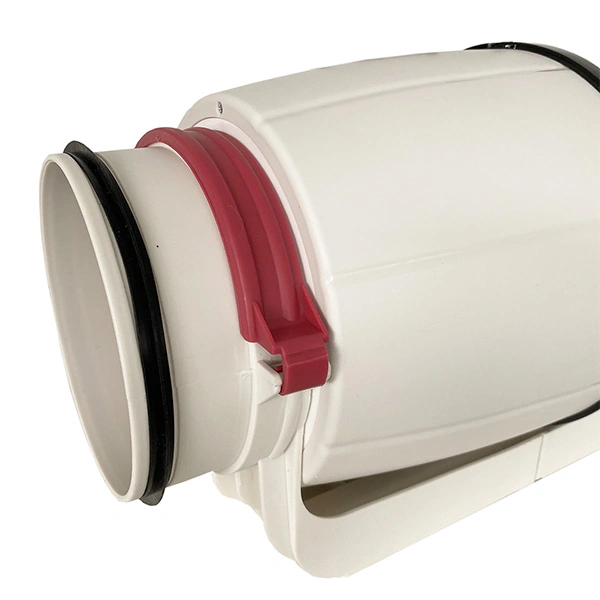Hydroponic vegetable gardens are flipping city farming around. They use water packed with nutrients instead of soil, making them fantastic for tiny urban spots. With smart automation, they’re super nifty and efficient. This article checks out why hydroponics is so popular with city growers, how it works, and why TIDESTAR’s solutions are ahead of the game in 2025.
What Makes Hydroponic Vegetable Gardens Ideal for Urban Environments?
How Do Hydroponic Systems Work in City Settings?
Hydroponics grows plants in water full of nutrients. No soil is needed. It’s a fantastic fit for cities where space is small and dirt is not always great. You can stack crops high. That saves heaps of room. Controlled setups let you grow fresh veggies all year, no matter the weather. Pretty nifty, right?
A common system is ebb and flow. It uses pumps and a big water tank. It sends nutrients and water to plant roots every so often. It’s fantastic for rooftops, basements, or indoor spots. You handle water and nutrients easily. That’s a big win for city farmers.
Why Are Soil-Free Gardens Gaining Popularity Among Urban Growers?
City gardeners can’t get enough of hydroponics. It’s flexible and gets the job done. Old-school gardens fight bad soil, annoying bugs, or wild weather. Hydroponics skips all that. Plants drink nutrients right from water. This cuts waste and makes them grow faster. You get healthier plants and bigger harvests.
It’s also super eco-friendly. Hydroponics uses fewer resources and grows more food per square foot than traditional farming. With food shortages and climate worries growing, city folks see hydroponics as a solid, green choice.
Which Vegetables Thrive Best in Hydroponic Gardens?
Not every veggie loves hydroponics, but plenty pop up like pros. Leafy greens like lettuce, spinach, and kale grow quickly. Their short roots soak up nutrient-rich water. Herbs like basil, mint, and cilantro do great too. Fruiting veggies like tomatoes, cucumbers, and peppers need a bit of help, like net pots. These keep roots strong and water draining well. It’s a versatile setup for city farms.
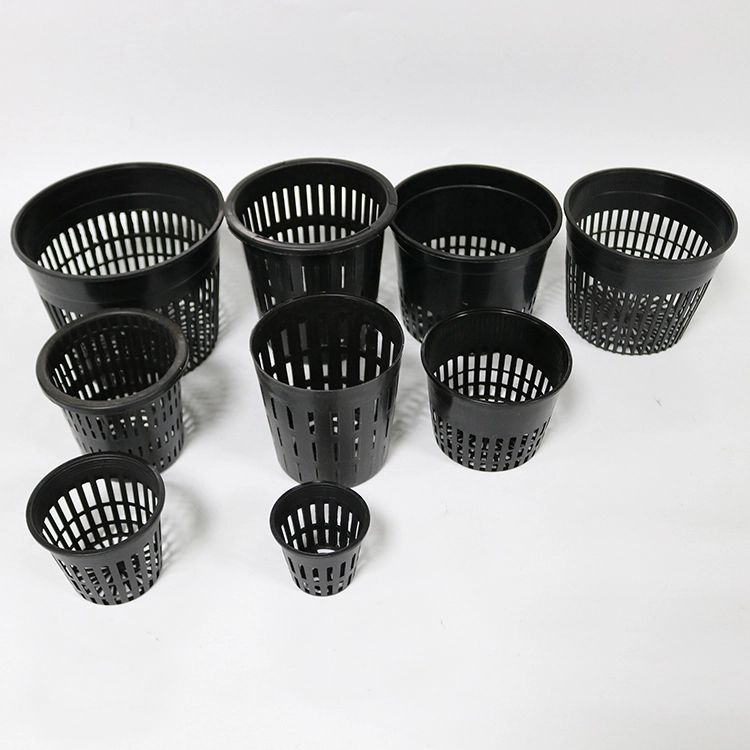
How Does Smart Automation Enhance Hydroponic Vegetable Gardening?
What Role Does Technology Play in Monitoring Plant Health?
Smart automation makes hydroponics easy. Sensors check stuff like pH, temperature, humidity, light, and nutrients. You get updates right away to keep plants happy. Internet of Things (IoT) devices let you watch your garden on a phone app or online. It’s like a garden pal that’s always on the job.
This tech spots problems like diseases early. It keeps conditions just right. You can tweak settings from anywhere, which is fantastic for busy city folks.
Can Automated Systems Optimize Water and Nutrient Delivery?
You bet they can. Automated systems save time and keep plant care spot-on. Timed pumps and dosing controls send just the right water and nutrients. They match what plants need as they grow. This boosts harvests and saves resources.
For big farms, these systems water large areas with no hassle. In cities with few workers and high demand, automation is a real lifesaver. It’s all about working smarter.
How Do Sensors and AI Improve Efficiency in Urban Farms?
Artificial intelligence (AI) steps things up. It learns from data, tweaking light or nutrients to match patterns. For example, AI adjusts LED schedules for sunlight changes or catches nutrient shortages before they show up. This cuts waste and boosts output, which is huge in small city spaces.
These smart-systems make urban farms super efficient. They use less water and power while growing heaps of food. That’s a real impact on green living.
What Are the Key Advantages of Hydroponic Vegetable Gardens Over Traditional Methods?
Is Water Usage Significantly Reduced in Hydroponics?
Hydroponics saves up to 90% more water than soil farming. It recycles water, so it doesn’t drain or evaporate. Plants get watered evenly, with no waste from sloppy habits. This is a big deal for cities or dry areas trying to go green.
For urban farmers, it means lower water bills and a smaller footprint. It’s an easy way to grow food sustainably where resources are tight.
How Does Space Efficiency Benefit Urban Agriculture?
Cities are short on space, but hydroponics makes it work. Vertical farming stacks crops in layers. You grow way more in a small spot. It can yield up to 10 times more produce per square foot than old-school gardens.
Low-profile square designs fit on balconies, rooftops, or shipping containers. This lets apartment folks or businesses grow fresh food in tiny spots. It’s a fantastic fit for city life.
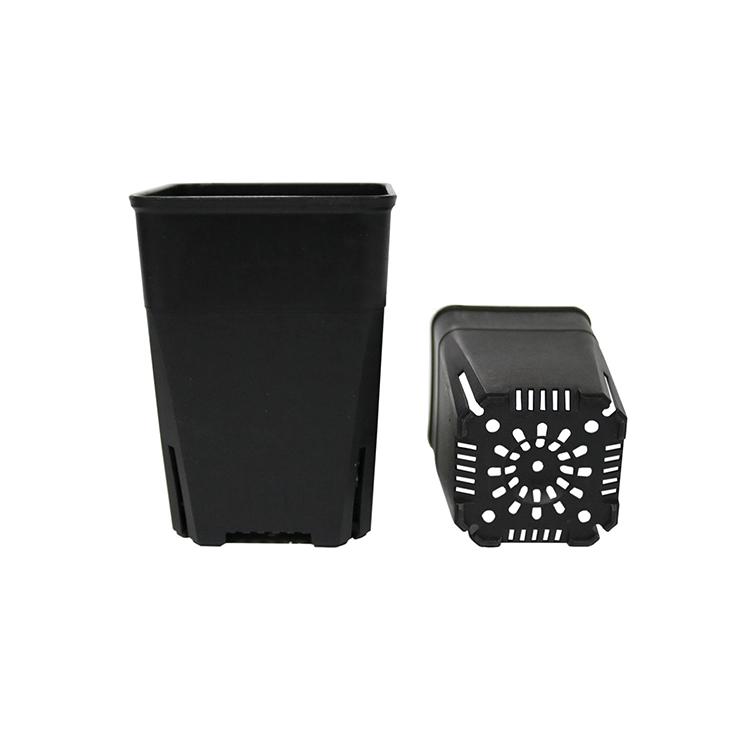
Are Pesticide-Free Crops Easier to Achieve with This Method?
You bet. Hydroponic gardens are often indoors or sealed. That keeps pests out. Controlled airflow and humidity make it tough for bugs to stick around. Plus, sterile growing media stops soil-borne diseases. You need way fewer chemical sprays, making organic crops a breeze.
For commercial growers, this meets the demand for clean, healthy food. It’s a big win for eco-conscious buyers.
How Are Hydroponic Vegetable Gardens Being Applied Across Different Urban Spaces?
Can Rooftops and Balconies Be Transformed into Productive Farms?
Rooftops and balconies are fantastic for hydroponics. Lightweight options like Plastic PE Poly Grow Bag with Bottom Hole Plant Pot are perfect for small spaces. They need little setup and big harvests over time. Smart irrigation keeps things running smoothly.

Vertical racks with LED lights let balconies grow food all year, even in winter. This turns empty spaces into thriving farms, bringing fresh veggies to city homes.
Are Restaurants and Cafés Benefiting from On-Site Hydroponics?
Restaurants are all over hydroponics. Compact units in kitchens or dining areas grow fresh herbs and greens. This keeps flavors bold and impresses customers who care about green practices. It also cuts reliance on supply chains, which helps during disruptions like pandemics.
Chefs love fresh ingredients on hand. Plus, it’s a neat story for diners curious about their food’s source.
What Role Do Community Centers and Schools Play in Adoption?
Community centers and schools are jumping into hydroponics. Centers grow food to share locally, helping with food insecurity. Schools use it in STEM classes. Kids check sensors and learn biology hands-on. It’s a fun way to teach green living.
These setups bring folks together and teach practical skills. They show how tech and farming can shape a better future.
How Is TIDESTAR Leading the Way in Smart Hydroponic Solutions?
What Sets TIDESTAR’s Automated Systems Apart from Others?
Integrated Climate Control Features
TIDESTAR’s systems handle temperature, humidity, CO₂, and airflow. This keeps crops happy no matter the weather. It’s great for urban farms where conditions shift. These features ensure steady, high-quality harvests.
Real-Time Data Analytics and Mobile App Integration
TIDESTAR gives you real-time data through phone apps. You can monitor multiple farms from anywhere. This is perfect for managing setups across city spots. The app makes garden care easy.
Modular Design for Scalable Urban Installations
TIDESTAR’s modular systems grow with you. Start small and scale up without big changes. They fit rooftops, warehouses, or tiny apartments. It’s built for city life, making farming simple for everyone.
FAQ
Q: Which vegetables grow well indoors under hydroponics?
A: Leafy green vegetables like lettuce, kale, and spinach and herbs like mint and basil grow very well indoors due to their shallow root system and quick maturity in controlled environments.
Q: Is it costly to begin a home hydroponic vegetable garden?
A: Startup costs are differential with system complexity but most beginner sets fall in reasonable price categories; long-term advantages are reduced grocery bills and water usage relative to traditional gardening methods.
Q: Will I need artificial light if I have sunlight?
A: Natural sunlight supports at certain times/hours, but full-spectrum LED grow lights offer year-round consistent power with specific advantage during winter months or overcast weather when the light levels are below optimal levels LED Grow Light-LED Luminaires. 50 000 hours average lifespan makes them cost-effective in the long term.
Q: Will children learn by being involved in hydroponic gardening?
A: Yes! Hydroponics are integrated into STEM classes in schools to provide hands-on application of the basics of biology while learning about sustainability in real-life applications like monitoring plant health via sensors or adjusting pH levels manually under supervision.
Q: Is it easier to manage pests indoors with hydroponics?
A: Yes—controlled environments limit means of exposure to make it easier to manage pests naturally without chemical sprays; regular inspection coupled with sufficient ventilation generally prevents infestations altogether.

